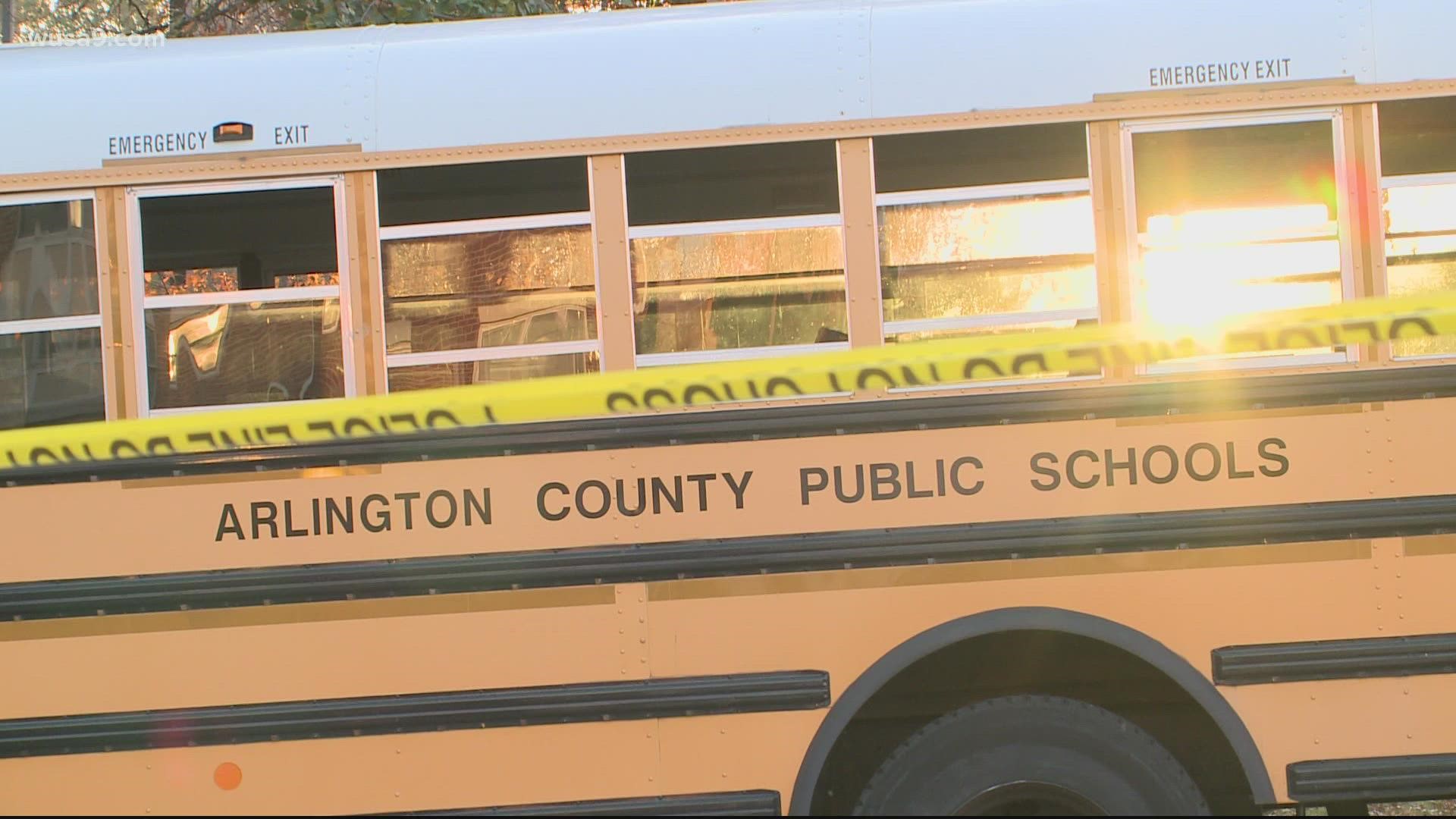ARLINGTON, Va. — The Arlington County Board voted to approve creating “School Slow Zones,” which will reduce traffic speeds surrounding 13 schools across the County.
The zones are defined as permanent, 20 mile-per-hour speed limits on neighborhood streets within 600 feet of a school. Speed limit signs and pavement markings will clearly define the zones, the Board confirmed.
The zones address a key action item in the Vision Zero Action Plan, the Board said, which it adopted in May. The Board also confirmed that the zones will be the first application of permanent 20-mile-per-hour speed limits permitted under Virginia law.
The Board describes the plan as “A nationally recognized strategy to eliminate all fatalities and severe injuries no matter the means of travel, while increasing safety and mobility,” and goes on to cite data points, including that one in four crashes in Arlington involves speeding and that the risk of injuries and deaths increases as vehicle speeds increase.
“In a moment our lives can change, or the lives of a child could change, so just asking everybody to have that additional patience and be really careful because a lack of attention or even just going a little above the speed limit [could] change somebody’s life and we don’t want to do that," Arlington County Board Chair Matt de Ferranti said.
The zones will be near the following schools:
- Hoffman-Boston Elementary School
- Gunston Middle School
- Drew Elementary School
- Escuela Key Elementary School (formerly Arlington Traditional School)
- Arlington Traditional School (formerly McKinley Elementary School)
- Innovation Elementary School (formerly Key Elementary School
- Cardinal Elementary School (new school)
- Tuckahoe Elementary and nearby Bishop O’Connell High School
- Glebe Elementary School
- Wakefield High School and nearby Claremont Elementary School
- Thomas More Cathedral School
“The recent tragic traffic fatalities in our community remind us how important it is to achieve our Vision Zero goal of eliminating serious traffic injuries and deaths,” said de Ferranti via press release. “These zones are one of many steps the County is taking to help road users reduce speed and increase awareness of people – usually children -- walking and biking near our schools.”
Implementation of the first Slow Zones is expected to take between three and five months. After assessing the zones, the County then plans to add ten Slow Zones each year, meaning that the 40+ public and private schools in the County could be updated within the next three to five years, the Board said.

